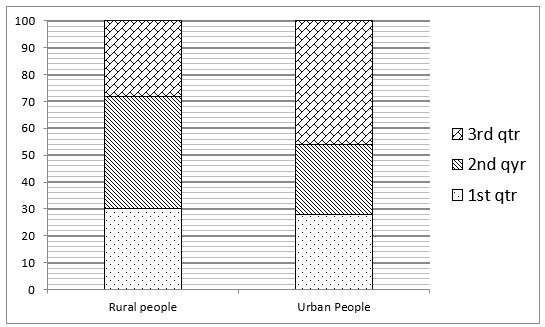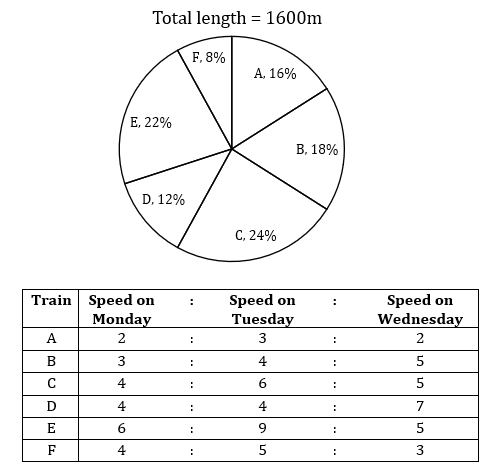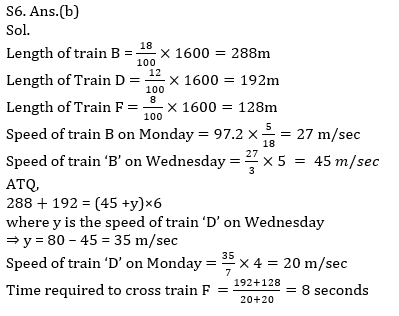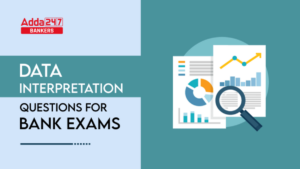Directions (1-5): In the given bar chart, Number of rural and urban people travelled in rail in a particular year is given. There are four quarters in a year and the following bar graph shows the percentage of number of people who travelled by rail are given for three quarters of the year. In the given graph, total number of people travelled by rail from rural area is 350 lakhs and that of urban area is 275 lakhs.

Q1. If we include the 4th quarter of the year, percentage of urban people travelled in 2nd quarter are 20% of the total urban people travelled in given year. Find the average number of urban people per quarter travelled in the given year?
(a) 82.375 lakhs
(b) 84.775 lakhs
(c) 89.355 lakhs
(d) 79.525 lakhs
(e) 89.375 lakhs
Q2. Find the ratio between the number of urban people travelled in 1st and 3rd quarter and the number of rural people travelled in 2nd and 3rd quarter?
(a) 112 : 235
(b) 235 : 112
(c) 490 : 407
(d) 407 : 490
(e) None of these
Q3. If we include the 4th quarter of the year, percentage of rural people travelled in 3rd quarter will become 14% of the total rural people travelled in the given year. Then what is the number of rural people travelled in 4th quarter?
(a) 250 lakhs
(b) 350 lakhs
(c) 450 lakhs
(d) 325 lakhs
(e) Can’t determine
Q4. If the urban people travelled in IVth quarter is 45 lakhs less than the urban people travelled in IInd quarter. Then urban people travelled in 4th quarter are what percent of total number of urban people travelled in the given year?
(a) 5.87%
(b) 8.79%
(c) 7.76%
(d) 9.87%
(e) None of these

Directions (6-10): Pie chart given below shows length of six different trains and table given below shows ratio between speed of six trains on three different days. Study the data carefully and answer the following questions.

Q6. On Wednesday, train ‘B’ crosses train ‘D’ coming from opposite direction in 6 seconds. If speed of train ‘B’ on Monday is 97.2 km/hour then in how much time train ‘F’ can cross train ‘D’ on Monday if train ‘D’ is coming from opposite direction and speed of train ‘F’ on Monday is 20 m/sec.
(a) 6 seconds
(b) 8 seconds
(c) 10 seconds
(d) 12 seconds
(e) 14 seconds
Q7. Train ‘C’ start from Delhi on Monday at 7:00 p.m and reach Kanpur on next day at 3:00 pm. In return journey on Tuesday, train ‘C’ start from Kanpur at 6 : 00 pm and reach Jaipur which is 180 km ahead of Delhi at 5 : 48 pm on Wednesday. Find the time taken by train ‘C’ to cross a pole on Monday?
(a) 8 seconds
(b) 16 seconds
(c) 19.2 seconds
(d) 14.4 seconds
(e) 28.8 seconds
Q8. On Monday, train ‘A’ takes 2.5 hours more to cover 900 km distance than train ‘C’. If train ‘A’ can cross a platform of length 128 m in 12.8 seconds on Tuesday then find in how much time (in seconds) train ‘C’ can cross two poles 66 m apart from each other on Tuesday?
(a) 12 seconds
(b) 16 seconds
(c) 20 seconds
(d) 24 seconds
(e) 30 seconds
Q9. Ratio between speed of train ‘E’ to train ‘F” on Monday is 3 : 2. On Tuesday train ‘E’ cross train ‘F’ running in same direction in 24 seconds then find the time in which train ‘E’ can overtakes train ‘F’ on Wednesday?
(a) 48 seconds
(b) 24 seconds
(c) 12 seconds
(d) 36 seconds
(e) 60 seconds
Q10. Ratio between time taken by train ‘B’ to train ‘D’ to cross a pole on Monday is 1 : 1. The time taken by train ‘B’ to cross a pole on Wednesday is what percent more/less than time taken by train ‘D’ to cross a pole on Monday?
(a) 30%
(b) 40%
(c) 50%
(d) 60%
(e) 70%
Solutions







Click Here to Register for Bank Exams 2021 Preparation Material





 Data Interpretation Questions for SBI PO...
Data Interpretation Questions for SBI PO...
 Data Interpretation Questions For Bank E...
Data Interpretation Questions For Bank E...
 Quantitative Aptitude Quiz For Bank Main...
Quantitative Aptitude Quiz For Bank Main...







